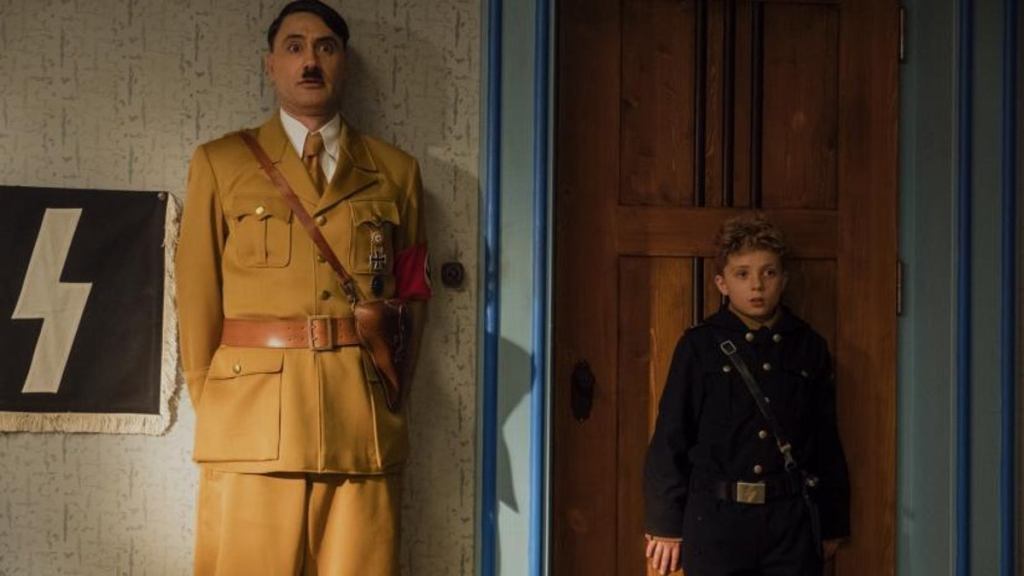
I’ll do some crazy stuff to get my comics.
It’s easier now, that I live in a big city with a few very good comic shops, and of course the internet, but back in the ‘80s a young Nik spent a lot of time on the comics hustle.
I got sucked into the addiction that would claim most of my life by spinner racks at Lucky’s in 1982, where our family would sometimes stop in after church. Marvel’s Star Wars, Roger Stern’s Amazing Spider-Man, Gerry Conway’s Batman, Claremont’s X-Men, John Byrne’s Fantastic Four… these were the hooks. These spinner racks were like Christmas trees to me.
Right around that time circa 1983, an actual comic book STORE opened for the first time in my small California mountain town, right on Main Street. It was called McNeil’s, and run by a laconic man who seemed ancient to this 12-year-old. There were long boxes full of OLD comics, which I could never afford, and stopping by there on the way home from school once a week became a must. You’d inhale that peculiar smell of old comics, an entire room filled with them, and I was done for.
But then McNeil died (he actually WAS ancient), and the store soon closed. Back to hustling for comics off the spinner racks at the supermarkets across town, or occasional trips to the amazing Comics & Comix down in Sacramento, which was like a Catholic visiting the Pope for me. Unfortunately, a pre-teen kid couldn’t get down there very often.

I’d go hunting for anything, once even walking a ridiculous distance in summer heat to find the only comic even slightly interesting was an issue of G.I. Joe Vs Transformers. I didn’t even really LIKE G.I. Joe.
Then another comics store opened in town, in a weird suburban spot just down the road from my house. It was called Kayo’s, run by a peculiar little elf-like man out of what seemed to be a converted front living room, with the rest of the house crammed away behind another door.
It was a tiny but decent comic shop at an amazing time for comics circa 1986. DC was suddenly exploding with the creativity of Alan Moore, Crisis and Dark Knight. We were just getting into the great indy comics era then, with publishers like Eclipse, First and Renegade putting out strange, cool books that weren’t at all like the Marvel and DC stuff. Mr Monster, The Flaming Carrot, DNAgents, Cerebus. I picked up the third issue of some oddball black and white comic about ninja turtles on Kayo’s recommendation. I do wish I’d kept that.
Kayo’s was a good fix, so of course it closed down. But then they opened again. And closed again. They did this several times over the course of a couple of years, moving around town to various locations – an old beauty parlor, a tiny space hidden upstairs in an office building downtown.

Kayo was one of those hustling optimists you often see in life, sweating and trying to hold something together. He loved comics, but couldn’t give the business a go. The makeshift appearance of his shops said something – they seemed slapped together overnight, ready to move at a moment’s notice. One of the stores closed so suddenly that the next time I popped by it was empty, abandoned save for a big box of old Comics Buyer’s Guides left out on the porch. I took them all, of course.
But he was my comics fix for a few desperate years there. Kayo hit his low when he was briefly selling comics out of a motel room. I still remember knocking on a hotel room door and getting an issue of West Coast Avengers from him. There was something vaguely seamy, absurd about the transaction, me a teenage kid going to cheap hotels to buy my comics.
Kayo vanished eventually, but not without a whiff of scandal. There was a crime in the family, maybe even a murder – not him, but as I vaguely recall it was a son or a son-in-law – something that briefly made the local news, and then shortly after Kayo and his comics disappeared forever. I often wonder about the mysterious Kayo.

But he left with me getting a final prize – in the final throes of his business, everything had to go, and so I ended up buying a comics spinner rack from him for $20, and hauling the stupid, awkward thing at least a mile or two back to my parents’ house. I kept it for years, moving from California to Mississippi with it, on into college, into tiny apartments. Eventually in my more vagabond years it ended up in a barn at my parents’ house, covered in spiderwebs, before it vanished entirely from my history.
The comic shops I grew up with were always temporary, and the hustling, impermanent state of Kayo’s summed something up about them. But eventually that would change. Comics would get big time.
Next time: Flashy new shops, Batman goes Hollywood, and a move to Memphis

















